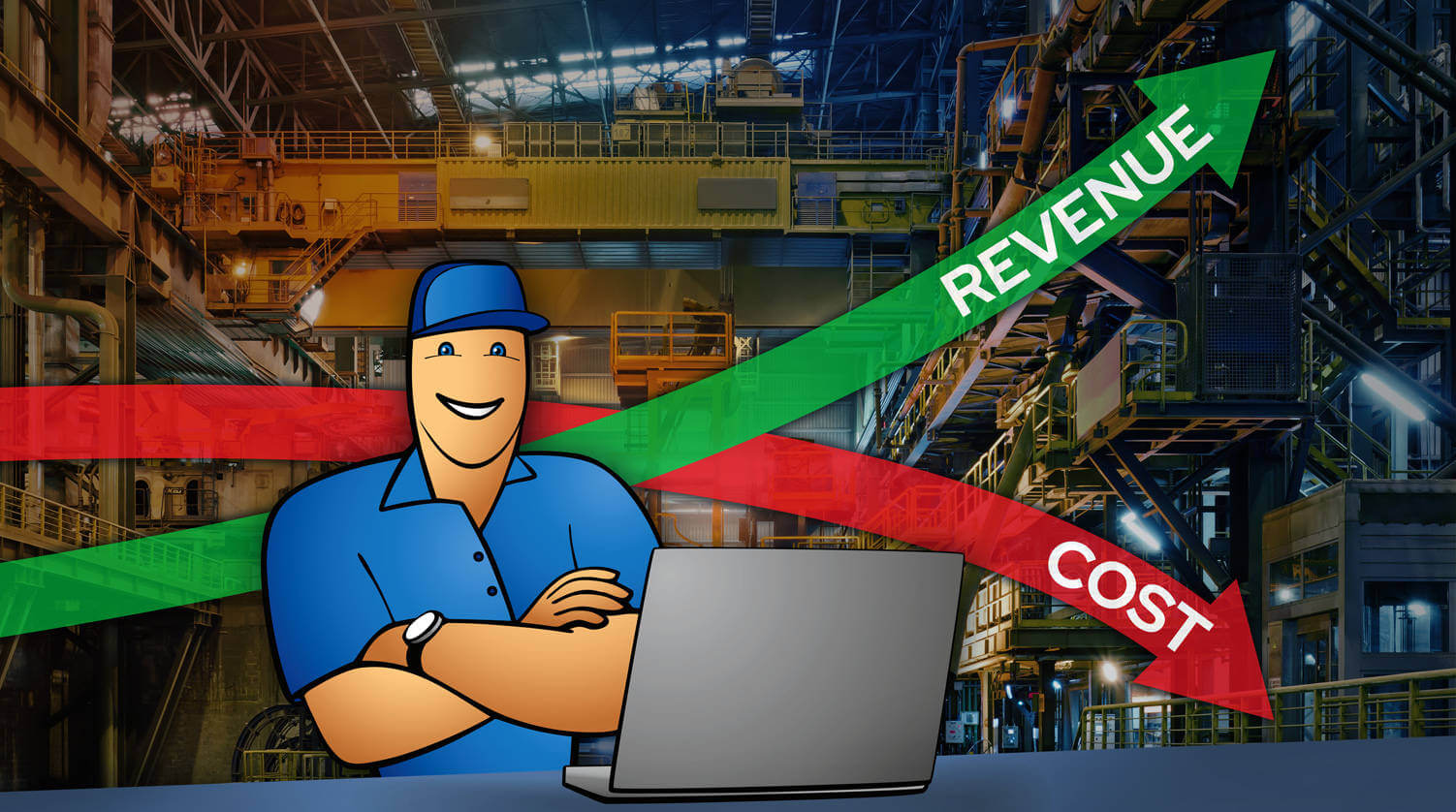What is an Accounting Manual?
Accounting manual is a document in which every organization defines its accounting policies and procedures – in this article, we give an overview of its goals and contents.

You can also listen to this article:
Intro
An accounting manual is a document in which every organization defines its accounting policies and procedures. Each organization is unique and therefore creates its own accounting manual. Even two companies in the same industry may have different accounting manuals. The extension of the accounting manual will depend on:
- the size of the organization
- the number of employees
- the type of product and service the organization offers
- the region in which operates
Goals of an accounting manual
The aim of keeping an accounting manual is:
- To ensure accurate, efficient and transparent financial management.
- To ensure that the financial statements conform to generally accepted accounting principles.
- Establish an accounting reference base, whether for revisions, improvements, training or changes.
- To safeguard all business assets.
- To provide accounting and financial guidelines.
Contents of an accounting manual
Consider that the accounting manual content may differ in scheme and length depending on the type and size of the business. In general, we can say that an accounting manual contains the following elements:
- Division of responsibilities
- The balance sheet
- Income statement
- Journal
- Chart of accounts and general ledger
- Accounting accruals
- Cash flow statement
- Bank reconciliations
- Inventory accounting
- Cost accounting
- Internal control
- Property and equipment
- Payroll processing
- End of month and fiscal year-end close
Let’s see each of them in more detail below:
Division of responsibilities
This section establishes the responsibilities for:
- the board of directors
- executive directors
- managers
- bookkeepers
It defines the responsibilities on development, reviews, execution and follow-up of:
- budget
- management of contracts
- incoming and outgoing invoices
- allocations, expenses, accounting, and financial reports
Balance sheet
This section shows the company’s assets, liabilities, and equity. It shows how changes in any one of these affect the other two. It is defined how the company records the earning and expenses for the offered goods and services. This section is based on the basic accounting formula that states:
Assets = Liabilities + Equity in which:
- Assets are all the valuable things owned by a company.
- Liabilities are all the debts and money owed to others by the company.
- Equity summarizes the number of investments in the company as well as the company’s earnings.
Income statement
The income statement is also called profit and loss statement (P&L), revenue statement or operating statement.
The income statement shows the company’s revenues and expenses during a period of time. The main categories include revenues, expenses, and income or profit.
The income statement provides information on how and when the earnings on the balance sheet arrive. The revenues can be shown per product family, region or business unit. It defines the allocation of cost and expenses and the operating profit before and after taxes.
Journal
A journal shows how the company keeps track of all its business transactions. The journal records each transaction and includes:
- nature of transaction
- the date of the transaction
- the entities involved (i.e. a customer, a supplier, an employee, etc.)
- the amount of the transaction
- the result in the transaction
Chart of accounts and general ledger
In this section, the organization defines an account plan and a ledger for all its operational processes. It also includes the needs of its financial statements. The account plan is structured so that the financial statements can be shown by the type of expenditure. The ledger is automated using accounting software and records all the general ledger codes.
General ledger accounts describe the type of asset, liability, revenue or expense. General ledger accounts don’t change from year to year, letting organizations compare financial reports from year to year. The general ledger is broken down following number codes into the following ranges:
- Assets
- Liabilities
- Equity
- Revenue
- Expenses
Accounting accruals
This section states the accrual policies and procedures. Accrual accounting means that revenues are recorded when they are earned. The general idea is that economic events are recognized by matching revenues to expenses at the time in which the transaction occurs rather than when payment is made or received. Any organization may accrue recurring expenses to ensure the timely closing of the general ledger.
Cash flow statement
The purpose of a statement of cash flows is to provide details on the changes in cash and during a period. The total amount of cash and cash equivalents at the beginning and the end of the period shown in the statement of cash flows should be the same as similarly titled line items or subtotals shown in the balance sheet as of those dates.
A statement of cash flows is required to differentiate among cash flows from operating, investing and financing activities.
Bank reconciliations
This section states the banks transaction policies and procedures. The bank reconciliation is the process of matching the balances in a company’s accounting records for a cash account to the corresponding information on a bank statement. The purpose is to ensure that all the company’s cash records are correct.
Inventory accounting
In this section it will define the criteria to follow for material inventory and the method that the organization adopts:
- FIFO (First In First Out) system
- LIFO (Last in First Out) system
- Item by item
- Average cost system
More about Inventory Valuation Methods.
Cost accounting
This section will include the cost accounting system used for allocating costs and expenses. For example, the total cost of a landed shipment including purchasing price, freight, insurance, and other costs up to the warehouse. The allocation can be defined per department, region or project.
It also includes criteria to be followed for manufacturing costing. As the material and resources are incorporated into each work station, the products suffer added value. Therefore, the labor, energy, and other resources are gradually imputed to the product cost. Finally, the organization will get product cost, when the product reaches the warehouse.
It also defines criteria for allocating direct and indirect costs. An example is a way of calculating the maintenance or sanitation costs in the final product costing.
Internal control
Internal controls include all policies and procedures that
- keep reporting systems reliable
- Integrates the company’s accounting software with other platforms
- safeguard assets
- prevent errors and fraud
- optimizes the use of resources
Property and equipment
This section includes the management of fixed assets. A fixed asset is a long-term tangible piece of property or equipment that a firm owns and uses in its operations to generate income.
It defines the review of all the records, its physical inspection, and inventory of all fixed assets. It considers the reconciliation with the balances of the general ledger. It also determines the assets depreciation and leasing policies. Some of the most relevant fixed assets that a company may have are:
- Buildings.
- Machinery and equipment.
- Vehicles.
- Office furniture.
- Hardware and Software.
Payroll processing
This section includes payroll treatment. It includes among others:
- Staff payroll.
- Salaries, licenses and vacation periods of staff.
- Maintenance of work time records.
- incorporation and elimination of new employees.
- Form of deposit to a designated bank account.
- Personnel expense policy.
- Tax declarations and associated aspects.
What is Accrued Payroll in Manufacturing Accounting?
End of month and fiscal year-end close
This section includes the execution, revision, filing and signing of all the end of the month and the end of the year accounting entries. The balance sheet accounts to be considered at the end of each fiscal period includes:
- Cash accounts.
- Fixed asset accounts.
- Income and expense accounts.
- Federal and state tax returns.
- Annual declaration.
- Other governmental documents.



